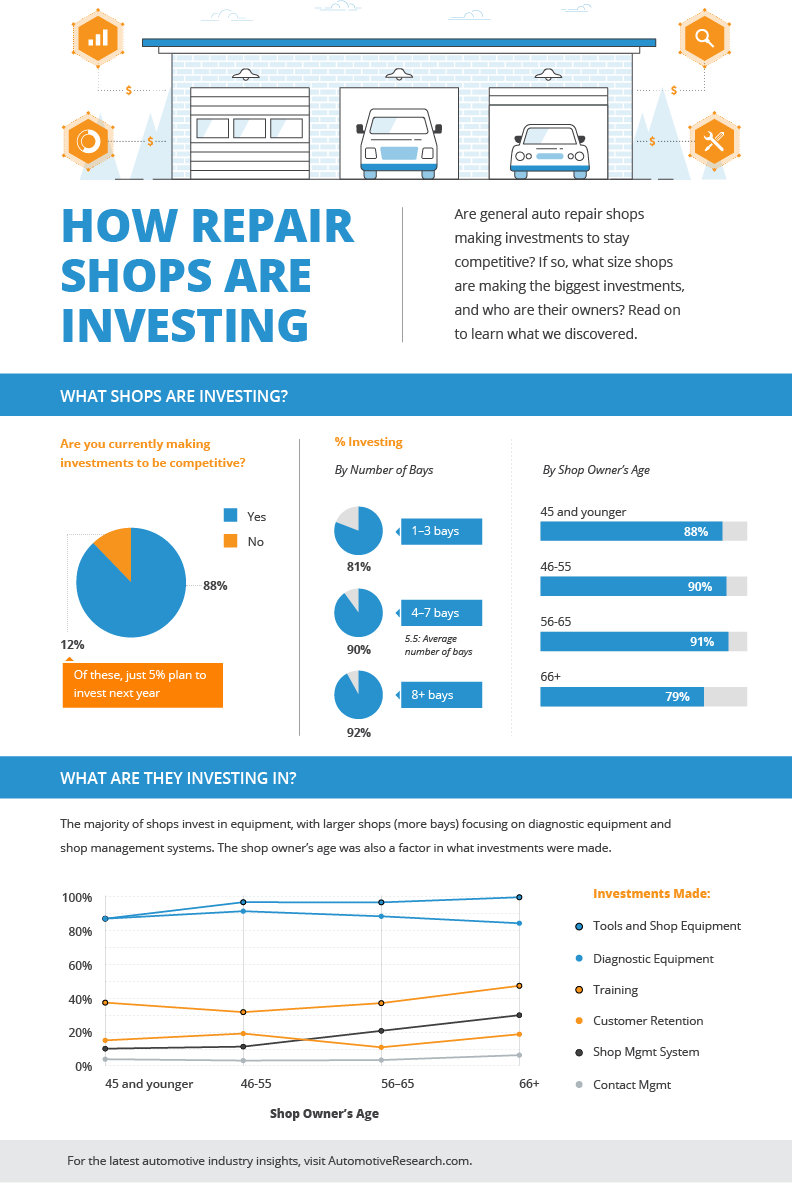Wondering Concerning The Definition Behind Those Dashboard Warning Lights? Gain Insights Right Into Their Implications For Your Vehicle'S Safety And Security And Maintenance
Wondering Concerning The Definition Behind Those Dashboard Warning Lights? Gain Insights Right Into Their Implications For Your Vehicle'S Safety And Security And Maintenance
Blog Article
Write-Up Author-Sykes Kejser
When you're behind the wheel, those radiant caution lights on your control panel can be a little bit bewildering. Do you understand what they're attempting to tell you about your car's health and wellness? Comprehending the significance of these lights is important for your safety and security and the long life of your automobile. So, the next time among those lights pops up, would not you intend to decode its message accurately and take the required actions to resolve it?
Common Warning Lighting and Interpretations
Recognize common caution lights in your vehicle and comprehend their meanings to guarantee safe driving.
The most common warning lights include the check engine light, which signifies problems with the engine or emissions system. If this light begins, it's essential to have your vehicle inspected immediately.
The oil stress cautioning light shows low oil pressure, requiring immediate focus to prevent engine damages.
A blinking battery light may suggest a malfunctioning billing system, possibly leaving you stranded otherwise addressed.
https://brakesnearme16284.dsiblogger.com/64180086/ten-secret-suggestions-for-choosing-one-of-the-most-trustworthy-car-service-center-in-your-location (TPMS) light signals you to reduced tire pressure, influencing car stability and fuel performance. Overlooking this can lead to unsafe driving problems.
The abdominal light suggests an issue with the anti-lock braking system, endangering your capability to stop swiftly in emergency situations.
Lastly, the coolant temperature level advising light warns of engine getting too hot, which can result in serious damages otherwise fixed promptly.
Comprehending these typical caution lights will help you deal with problems without delay and preserve secure driving problems.
Relevance of Prompt Attention
Understanding the usual warning lights in your cars and truck is just the very first step; the importance of promptly resolving these warnings can not be highlighted sufficient to ensure your safety and security when traveling.
When a caution light illuminates on your control panel, it's your car's means of interacting a prospective concern that needs focus. Neglecting https://brake-check72851.dgbloggers.com/31664346/the-duty-of-car-detailing-in-enhancing-resale-worth-proof-from-research-study can result in more serious problems in the future, jeopardizing your safety and security and possibly costing you much more out of commission.
Prompt interest to warning lights can prevent failures and accidents. For example, a flashing check engine light could suggest a misfire that, if left ignored, could create damage to the catalytic converter. Resolving this promptly can conserve you from a pricey repair.
Likewise, a brake system warning light may indicate reduced brake fluid or worn brake pads, vital parts for your security when driving.
Do It Yourself Troubleshooting Tips
If you see a warning light on your control panel, there are a few do it yourself fixing suggestions you can attempt before looking for professional assistance.
The initial step is to consult your vehicle's manual to recognize what the particular warning light suggests. Often the concern can be as simple as a loosened gas cap causing the check engine light. Tightening up the gas cap may settle the problem.
Another common issue is a reduced battery, which can activate numerous advising lights. Inspecting https://www.workcompcentral.com/news/article/id/378ece67697accf71191f1398f87350706050b9c for rust and ensuring they're protected could repair the trouble.
If a warning light persists, you can try resetting it by disconnecting the vehicle's battery for a couple of minutes and then reconnecting it. In addition, inspecting your automobile's fluid levels, such as oil, coolant, and brake liquid, can assist troubleshoot alerting lights associated with these systems.
Verdict
Finally, comprehending your car's warning lights is important for maintaining your automobile running efficiently and securely. By without delay attending to these notifies and understanding what they mean, you can stay clear of costly repair services and potential failures.
Bear in mind to consult your automobile's handbook for certain information on each alerting light and take action appropriately to make sure a trouble-free driving experience.
Stay notified, stay secure when traveling!
